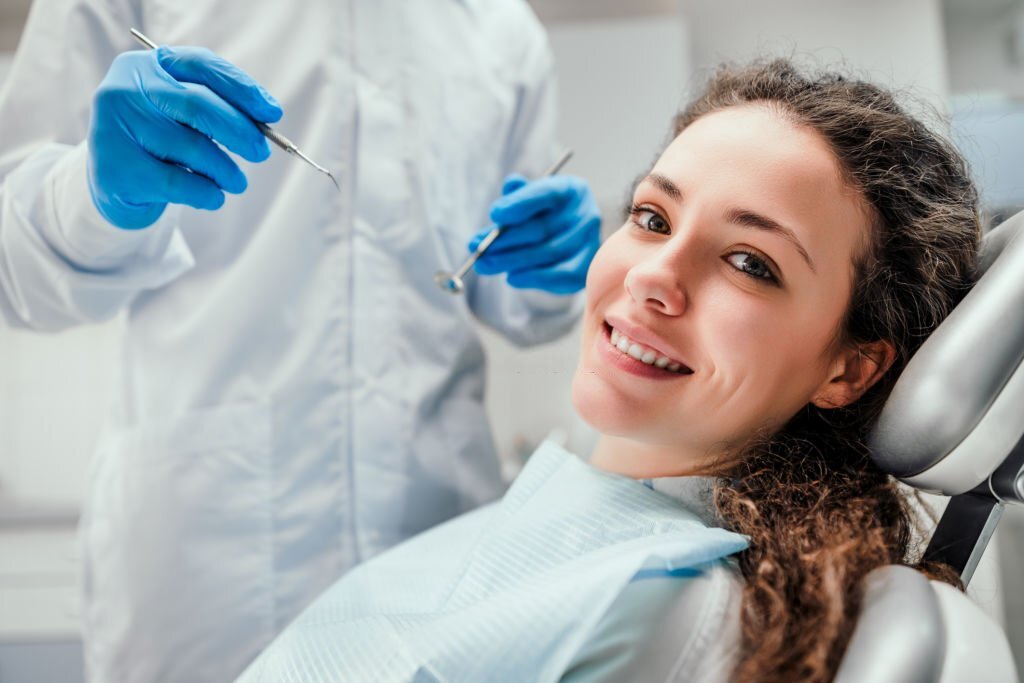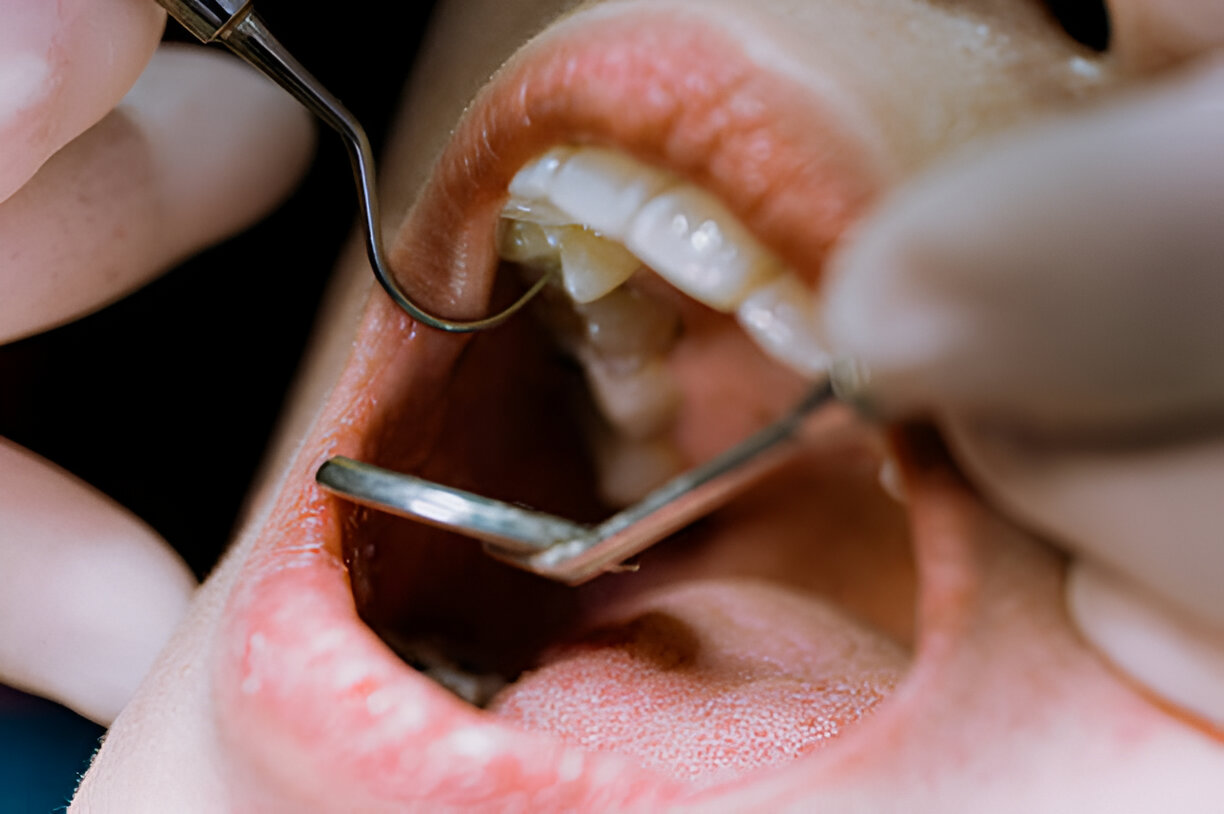Home Orthodontic Treatment: A Deep-Dive Into The Process!

Much like our fingerprints, our teeth’ placement is also unique. For example, some people have straight teeth that align in a line, while most have crooked, imperfect teeth arrangements.
Crooked, overlapped, or teeth alignment with gaps result in an improper biting force, problems in speech, and under the jet, ultimately impacting oral health. Unfortunately, such cases are common for many dentists in Gallup.
But thanks to the latest developments in dentistry, improper teeth arrangement is no longer incurable. Today people can straighten their teeth and improve their speech and bite force by visiting their nearest orthodontics clinic.
In this blog, we explore orthodontics and understand more about the treatment. So continue reading as we look into the different aspects of orthodontic treatment and its perks in the following sections.
The benefits of orthodontics treatment aren’t just limited to a picture-perfect smile. The orthodontic treatment adds to your oral health in the following manner:
An unaligned jaw could risk your health as it could lead to a Temporomandibular Joint (TMJ) dysfunction. In addition, when your jaw is out of alignment, you’re at risk of weakened teeth which could chip or wear incorrectly.
However, when undergoing orthodontic treatment, you eliminate any risk of TMJ and reduce the tension it causes to your neck and shoulder.
Bad bite is one of the leading factors for many oral problems. In addition, a bad taste can cause various issues, including gum disease, tooth decay, and wear.
However, when you consult a good orthodontist, you can treat overbites, underbites, and anything in between. Having an improved bite also adds to your speech and confidence.
Extreme crowding of teeth increases the risk of gum disease, decay, and bone erosion. This, in turn, deteriorates your overall oral health. However, things are usually different when you consult an orthodontist.
Straight teeth are less likely to sustain damage and injuries and are simpler to keep clean. In addition, when the toothbrush can reach most of the teeth’s flat surfaces, removing plaque and bacteria from the teeth is significantly more straightforward.
Regarding the treatment, many ask their dentists a similar question, ‘what is included in orthodontic services.’
Interestingly, there’s not one but many types of orthodontic treatment. The treatment plan is generally determined by the exact problem you have.
The first stage usually begins when you visit your orthodontics in Gallup NM. It generally involves taking X-rays, making plaster models, or photographing your teeth.
At this stage, your dentist assesses your teeth’s current position and how it can change over time. Then, your orthodontics dentist will give you a treatment plan based on the observations.
So now that we have an idea of the process let’s look at the next phase. But before that, let’s look at your options in the next section.
Orthodontic treatment generally uses four different types of dental appliances to correct the positioning of your teeth. These are as follows:
Among the numerous options, fixed braces continue to be the most common device by many orthodontics. Besides, while these are some general dental appliances, some other dental ailments involve fixed braces followed by surgery to move the jaw. Therefore, it is generally the last treatment option.
So now that we have a clear answer to what orthodontic services are, let’s have a close look at the most common devices in detail in the following section.
The braces procedure is generally segregated into three different stages. In this section, we walk you through the steps in detail:
The pre-braces stage usually starts after your initial consultation with an orthodontist. Once you visit your nearest professional, they take X-rays to analyze the severity of the situation.
Based on your oral health, your dentist might recommend expanders (for younger patients) or apply separators (a form of rubber bands) a week before your braces are due.
The second phase is the active stage of your treatment. It starts with your orthodontist removing your separators and replacing them with brackets glued to your teeth.
Once these brackets are set, the dentist uses archwires to align your teeth in the desired position. After the braces have been successfully aligned, your dentist will check for any bite issues or gaps that would be closed at this stage.
For the final stage, your orthodontist generally tidies up or fine-tunes the alignment and the bite conditions of your teeth. Then, depending on the chosen dental appliance, they recommend a fixed or bottom arch retainer to ensure your teeth stay in the desired position.
Braces are an excellent option for everybody. However, much like any other ailment, you must know the different stages of the process and ensure you take adequate care of your appliances. All the best!
Braces, when applied by professional orthodontists, work wonders on your teeth. Therefore, it’s evident that you would only trust experts in the field. So wait no more; connect with Sundance Dental to access orthodontic treatment managed by professionals with years of experience. Book an appointment or call us at 505-722-4422.
